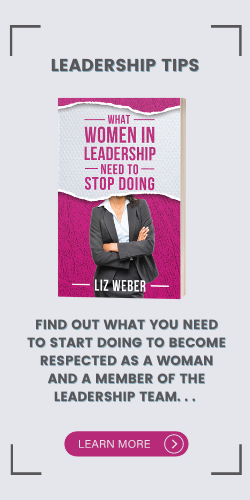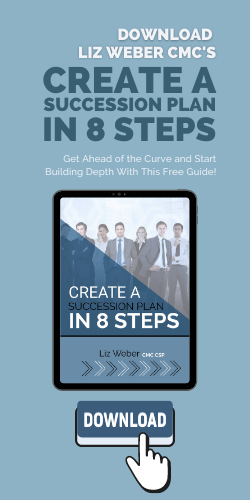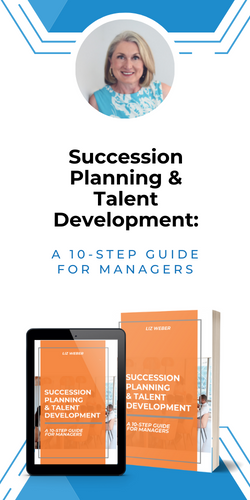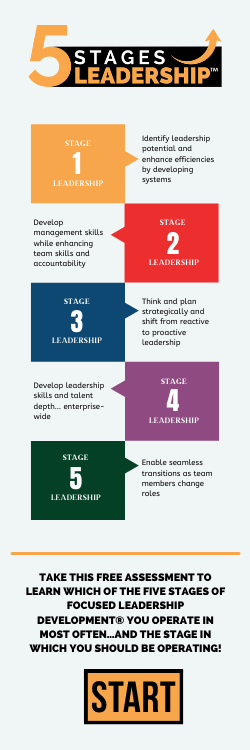Change your organization’s culture in 12 months. That statement sounds crazy right? It sounds impossible, but it’s not. It simply takes your unrelenting focus and commitment as a leader to model and communicate what you want and need your team to do as well.
It won’t be easy to change your organization’s culture in 12 months. It simply takes your unrelenting focus and commitment as a leader to model and communicate what you want and need your team to do as well.
As the leader, you have the responsibility, authority, and capability to transform your organization’s culture into what you need it to be – and what your team and customers want and expect it to be. You no doubt already know the culture shift you want to see. But how do you know if it’s a match or a total revision to what your team and customers want? How do you know what your team and customers want and expect? If you really don’t know already, ask them. However, I suspect you already know. Their comments, complaints, and compliments about you, your managers, your talent management practices, your products and services, as well as their feedback provided in your engagement surveys, performance planning meetings, exit interviews, and customer experience surveys are already giving you all the information you need. It’s now a matter of assessing what they see as needed changes with the needed changes you have identified as critical. What combination of changes make sense? What combination of changes will best support your employees and customers and enable your organization to move forward? What culture shifts will have the greatest positive impact?
What culture shifts will have the greatest positive impact?
Once you clarify your vision for your needed culture change, you’re ready to put your 12-month Culture Transformation Plan into play. So let’s do it!
- First, think in 90-day sprints – 90-day or quarterly (i.e., Q1, Q2, Q3, Q4) sprints are just long enough to start, gain, or maintain momentum for most initiatives, but not too long that team members lose interest.
- Second, be consistent with your focus and activity each quarter – As the leader, your focus and activity will determine what culture changes take hold and which do not. Keep in mind: You achieve what you focus on and track.
- Third, implement your 12-month culture change plan – Your plan doesn’t need to be flashy or complicated. It simply needs to enable you to highlight and support the policies, procedures, behaviors, and mindsets that will help you move in the direction you want, while eliminating those that hold you back.
Your culture change plan doesn’t need to be flashy or complicated. It simply needs to enable you to highlight and support the policies, procedures, behaviors, and mindsets that will help you move in the direction you want, while eliminating those that hold you back.
A basic plan can look something like this:
- 1st 90 Days = Clarify and Communicate the New Culture
- Clarify your objective and share it. Communicate. A key strategy for successful change implementations is: Communicate, communicate, communicate. Clear communication of your objective before you take action is critical. This sequence is key in that you need your team to understand change is going to happen, why, how, as well as how they will be impacted, and how they can and will participate.
- Plan and build. This may seem like a long time to be talking and clarifying, but you’re also planning the changes and building processes etc behind the scenes – and you’re getting your team ready and anxious for things to start happening.
- Model and communicate what you want and need them to do as well.
- 2nd 90 Days = Model and Move
- Continue your intentional communications, but now move strongly into the implementation stage with roll-outs of low hanging fruit changes, with other more transformational changes now also coming to the forefront.
- Introduce changes to policies and procedures that impact your team members’ workplace and customer experiences, your performance management program, or you might initiate something as basic yet impactful as ensuring you have one meaningful one 15-minute conversation with every one of your direct reports each week.
- Model the changes in behavior and mindset you expect of everyone else. Be clear on what you will expect and what you will not accept of all team members – including yourself and your senior team. Your role here is critical. Consider this quote by Steve Gruenert and Todd Whitaker: The culture of any organization is shaped by the worst behavior the leader is willing to tolerate.
- Your unrelenting focus and willingness to hold yourself and key staff accountable to changing behaviors to support the new culture will make or break this initiative.
Model and communicate what you want and need them to do as well.
- 3rd 90 Days = Update, Adjust, Clarify, and Move
- Communicate. Regular communication to reiterate the culture you’re working to achieve doesn’t just happen in the first or second 90 days, it needs to occur throughout this entire culture change initiative.
- Update the team on the implementation’s status, tell them adjustments have/will be made, clarify what will happen next, and what you need them to do or expect next, then maintain your movement and theirs to make things happen.
- Model and communicate what you want and need them to do as well.
- 4th 90 Days = Update, Celebrate, Clarify
- Update the team. Now that you’ve had several months of implementation and movement, keep the team updated on what is working and what isn’t. Celebrate and thank them for what’s working; clarify what needs their support to further improve the pace of change and the culture you are creating together.
- Model and communicate what you want and need them to do as well.
Will you see a complete 180-degree transformation of your organization’s culture in 12 months? Probably not. However, you can tangibly improve your workplace culture. If for 12 months, you focus unrelentingly on communicating, modeling, and only allowing the policies, procedures, and behaviors that support the culture you want you want your organization ‘to be’, you will change your workplace culture. As a leader, you can do it.
Copyright MMXXIII – Liz Weber, CMC, CSP – Weber Business Services, LLC – www.WBSLLC.com +1.717.597.8890
Liz serves as a business coach and mentor to her clients challenged with competing priorities, a leadership team that’s struggling, or a company culture in need of repair. She helps her clients focus on the right things at the right times to get the right impact. Learn more about Liz on LinkedIn!

























